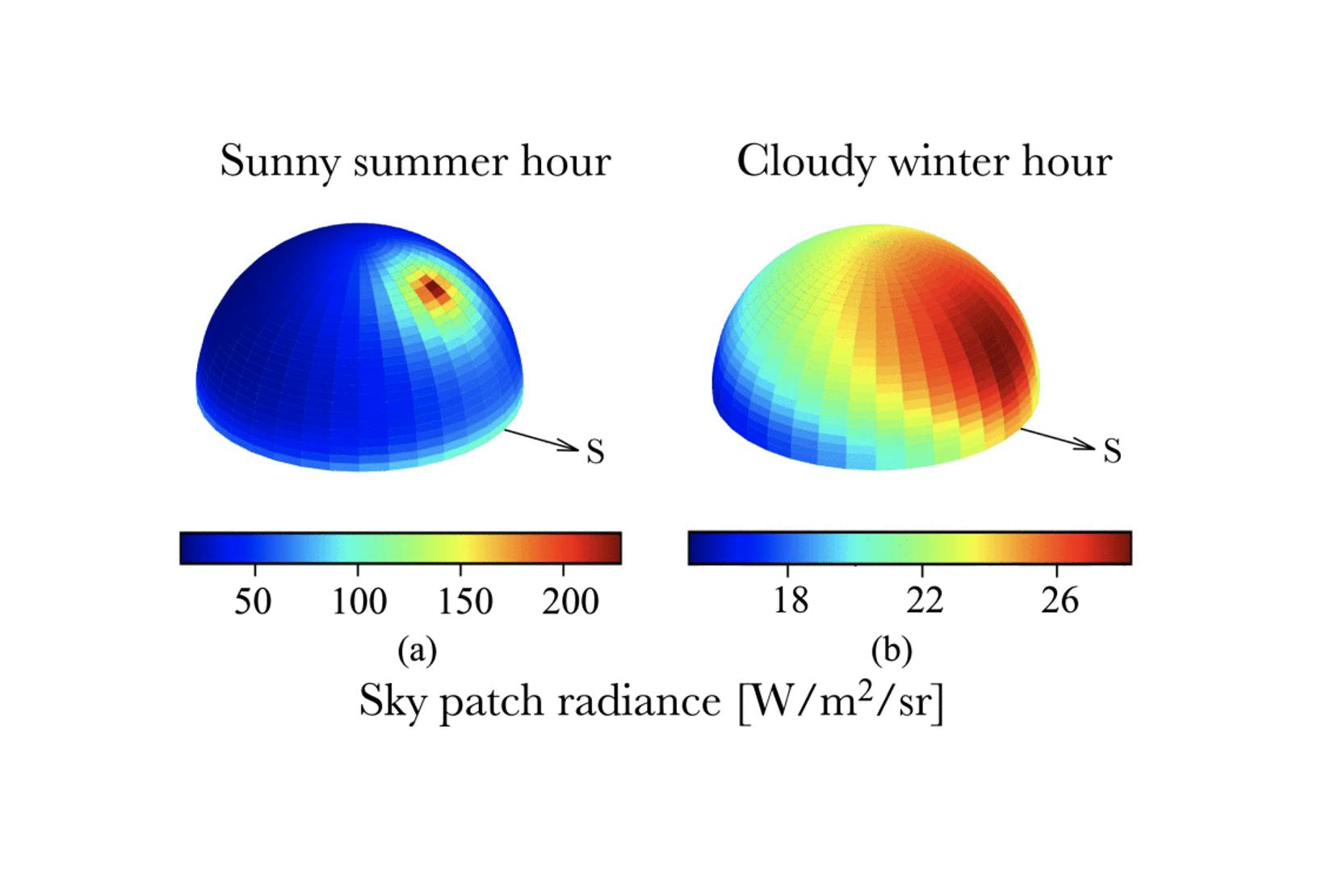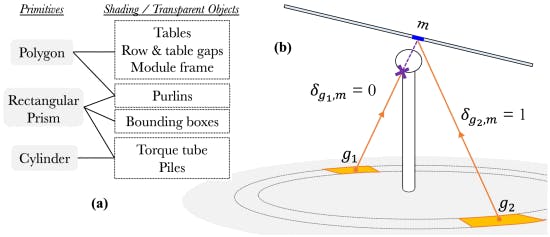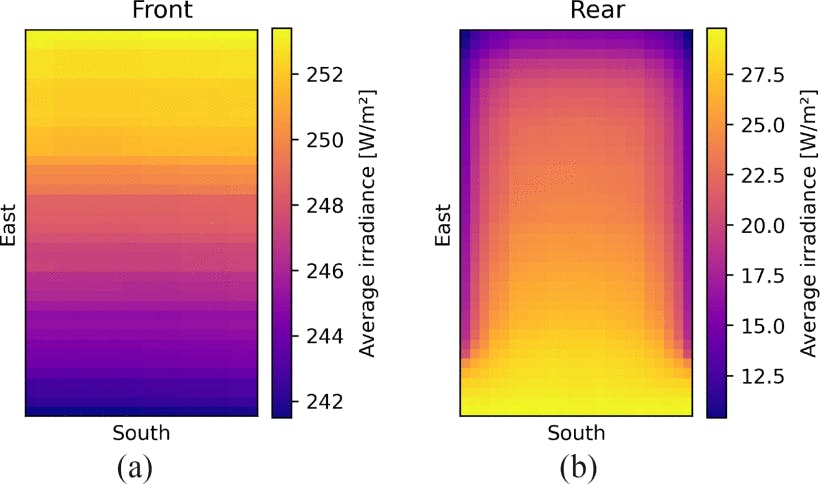
DUET Spotlight #1
Published: 6/16/2023
Updated: 6/20/2023
3 minute read
Publication highlight: A. C. J. Russell et al, “DUET: A novel energy yield model with 3-D shading for bifacial photovoltaic systems”
Our core software DUET has been under development and validation in the SUNLAB research group for the past seven years. SUNLAB is a leading solar research lab at the University of Ottawa, ON, Canada. This publication by PhD candidate and DUET developer Annie Russell is a comprehensive description of how this software works, and the value of our modeling capabilities for all stakeholders from solar asset owners to designers & engineers. All quotations and figures contained within this post are directly from this citation, which can be found below.
DUET is a numerical PV performance software that integrates optical and electrical models to represent bifacial solar systems from a cell to system level. The optical model takes a 3D view-factor approach, supplemented by deterministic ray-object intersections to produce 2D front and rear panel nonuniform irradiance profiles. This enables our model to capture the effects of environmental objects, racking structure, and ground reflectivity on front and rear face illumination. The shading algorithm approximates objects as combinations of three primitive shapes: polygons, rectangular prisms, and cylinders.

The optical model takes into account direct, anisotropic diffuse, and reflection radiation. The deterministic ray characteristics include both static rays, where all sources and objects are stationary, and dynamic rays, where at least one of the components moves at every time step. Ground albedo inputs can be modified at each time step to represent changes in ground reflectivity depending on material, through concentric rings on a flat surface below the module under test. We are currently in the process of integrating ground terrain into this model to account for changes in illumination as a function of ground level.
The electrical model produces current mismatch losses based on the nonuniform irradiance profiles generated by the optical model, to provide module-, string-, and array-level energy yields. IV curves are generated for each time step based on the single-diode model. Compared to 2D VF models like PVsyst, users don’t rely on loss factors to represent changes in performance across the system. Instead, DUET users “obtain array results in a computationally efficient manner by weighting M module IV curves with coefficients w from 1 to M based on the number of modules in a string”.

One of the core crucial capabilities of DUET is its temporal specificity. Our model is able to simulate systems at any time interval, from minutes to hours, depending on available input data timesteps. This captures the temporal specificity of outputs that is lost when using annualized loss factors, providing invaluable information about site operation based on input conditions.
“DUET provides computationally efficient bifacial performance modeling with geographic, temporal, and structural specificity—without reliance on estimated shading and electrical mismatch loss factors. The software can also be used to acquire, and better understand, such loss factors for use in other performance models or in system design optimization.”
To read more about DUET in detail, check out the full version of this open-access publication here.

